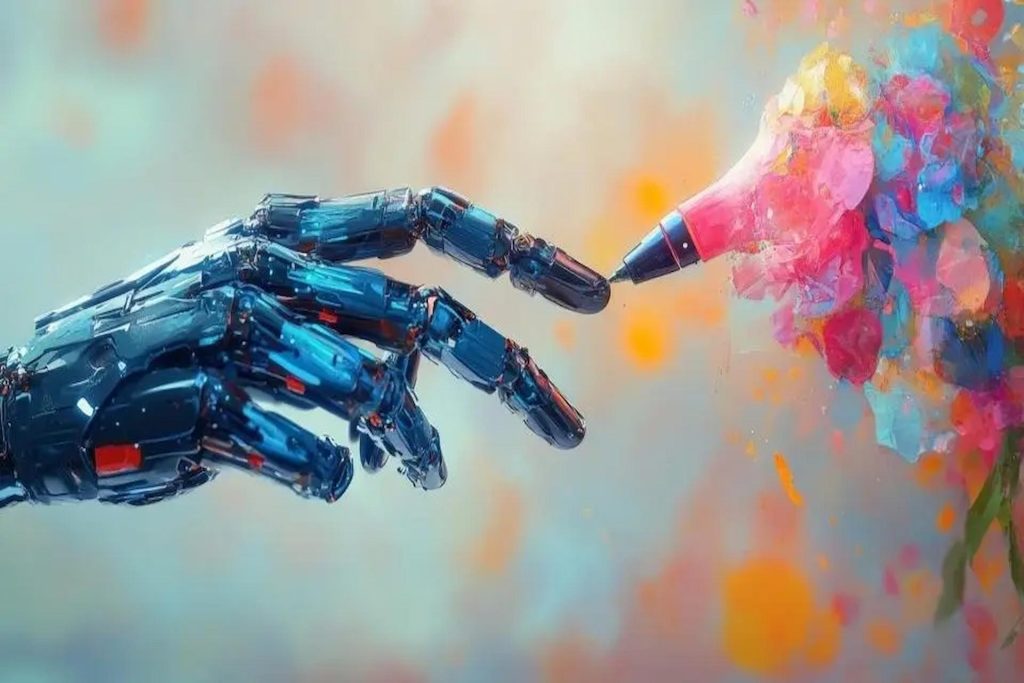
The Rise Of AI Art: Tool, Threat, Or Something Else?
AI art has exploded in recent years, raising big questions: is it a creative tool, a genuine threat, or something in between? From sparking innovation to stirring debate, artificial intelligence is transforming how we view creativity. Let’s explore the rise of AI and what it means for the future.
Artificial Intelligence (AI) has moved from science labs to everyday life, reshaping industries from healthcare to entertainment. One of its most fascinating breakthroughs is AI art—computer-generated visuals created through algorithms. But with its rapid rise, opinions are split: is this a creative tool, a disruptive threat, or something else entirely?
The Promise of AI Art
AI art platforms use Machine Learning, a system where computers “learn” patterns from data to generate new creations. Supporters argue it expands creativity by offering fresh perspectives and speeding up artistic processes. For industries like design, this means more efficiency and limitless experimentation.
The Concerns Around AI Art
Critics worry about originality and copyright. Since AI is trained on vast amounts of existing imagery, questions arise about ownership and authenticity. Others fear it could undervalue human creativity, shifting recognition from artists to machines.
Key Takeaways
- AI tools can boost creative expression.
- Copyright concerns remain unresolved.
- The balance between human creativity and AI innovation is crucial.
- Understanding how AI works helps us use it responsibly.
Conclusion
AI is neither entirely a threat nor purely a tool—it’s a complex evolution in creativity. Embracing its potential while addressing ethical concerns ensures a fair, inspiring future. Explore how AI can support, not replace, creativity, and join the conversation on shaping its role.
Leave Your Comment